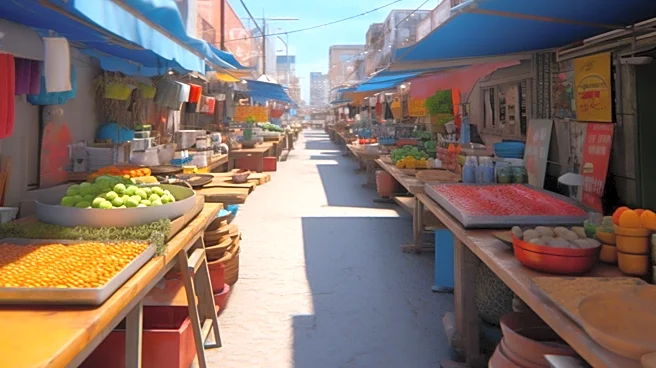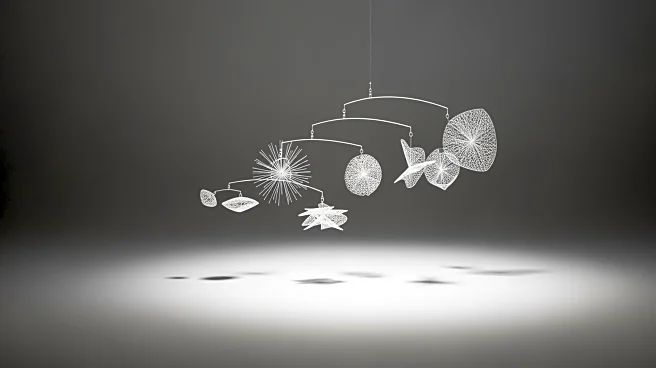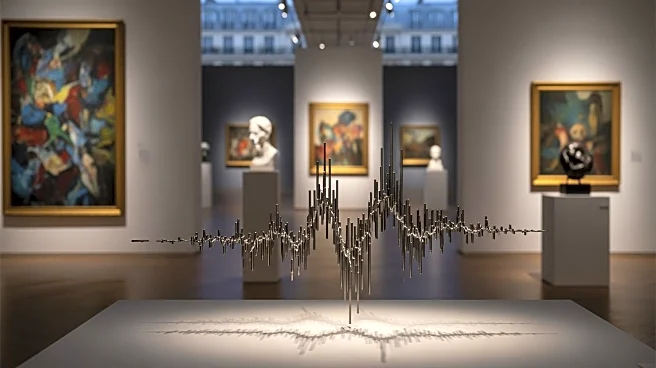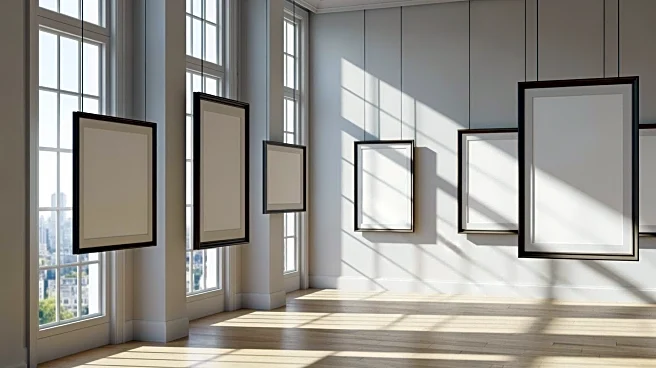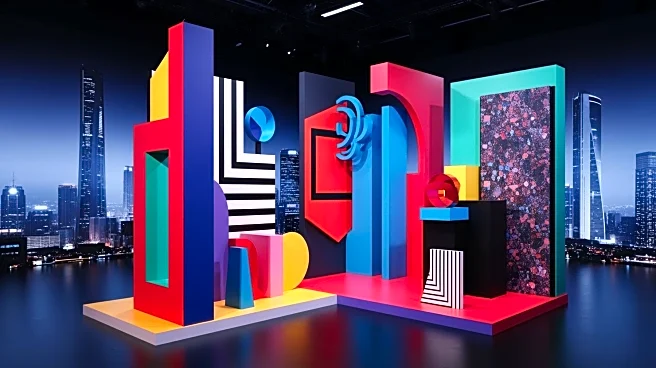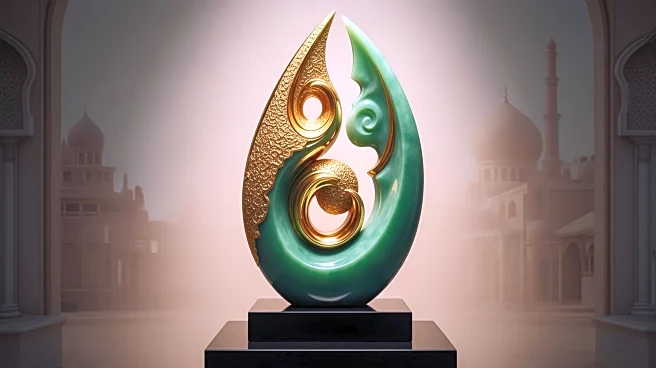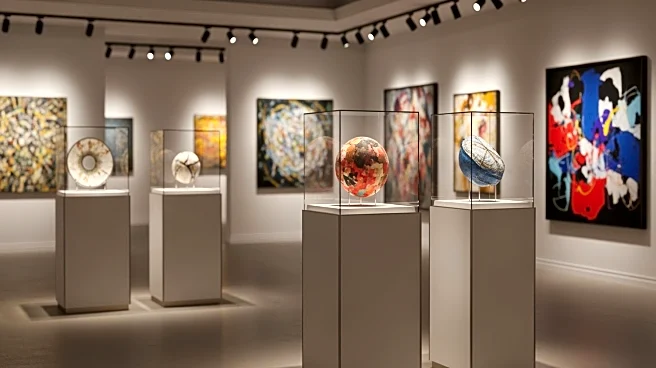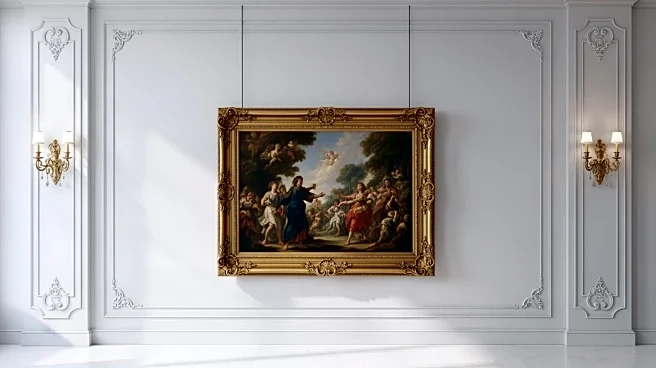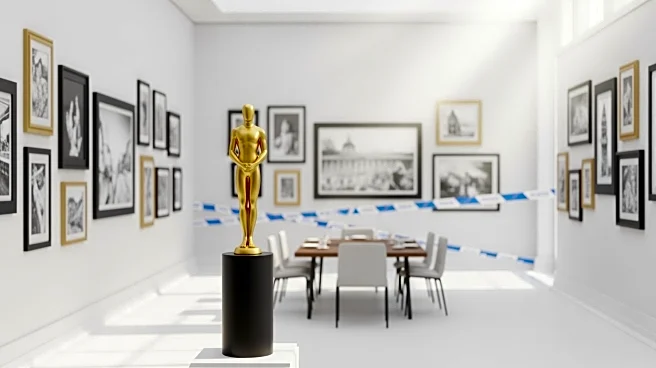What's Happening?
The art world is experiencing significant shifts as new power centers emerge, challenging the traditional dominance of New York and London. Factors such as the economic strength of Asia, post-Brexit momentum in Paris, and soft power moves in the Middle
East are reshaping the art market. This transformation is occurring amidst a generational transfer of wealth from Boomers to Millennials, who have different collecting habits. The Business of Fashion is expanding its coverage of the art world, aiming to provide independent, analytical journalism to navigate these changes. The publication has launched a special package titled 'Rethinking the Art World,' which examines the industry's difficulties and areas of dynamism, including new forms of patronage and the evolving strategies of auction houses like Sotheby's and Christie's.
Why It's Important?
The shifts in the art world have broader implications for cultural and economic landscapes. As new power centers emerge, they bring new artists and collectors into the spotlight, potentially altering the global art market's dynamics. This could lead to increased competition and innovation, as traditional art hubs adapt to these changes. The evolving patronage models, such as Chanel's approach to cultural transformation, highlight the importance of strategic partnerships in driving cultural impact. Additionally, the strategies of major auction houses in response to declining revenues could influence how art is valued and sold, affecting artists, collectors, and investors worldwide.
What's Next?
The art world is likely to continue evolving as new power centers gain influence, potentially leading to more diverse and inclusive art markets. Auction houses may further refine their strategies to gain competitive edges, possibly resulting in innovative sales models and marketing approaches. As cultural institutions and brands explore new forms of patronage, there may be increased collaboration and investment in cultural projects globally. These developments could reshape the art market's landscape, offering new opportunities for artists and collectors while challenging traditional norms and practices.
Beyond the Headlines
The shifts in the art world could have deeper cultural implications, influencing how art is perceived and valued across different regions. The emergence of new power centers may lead to a broader representation of diverse artistic voices, fostering cross-cultural exchanges and collaborations. This could also impact the role of art in society, as it becomes a tool for cultural diplomacy and soft power. As the art market adapts to these changes, it may redefine the relationship between art, commerce, and culture, encouraging more innovative and sustainable practices.
